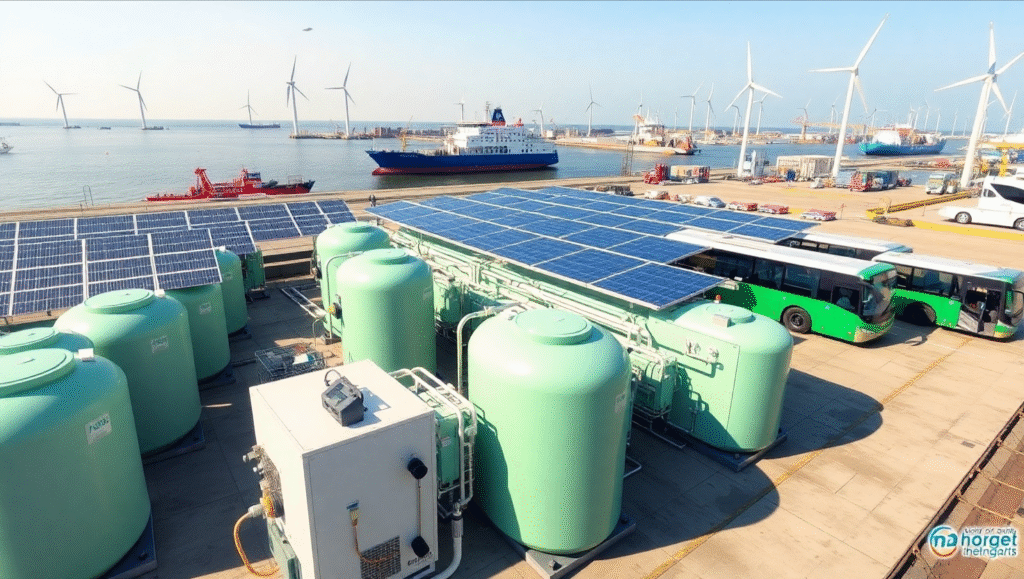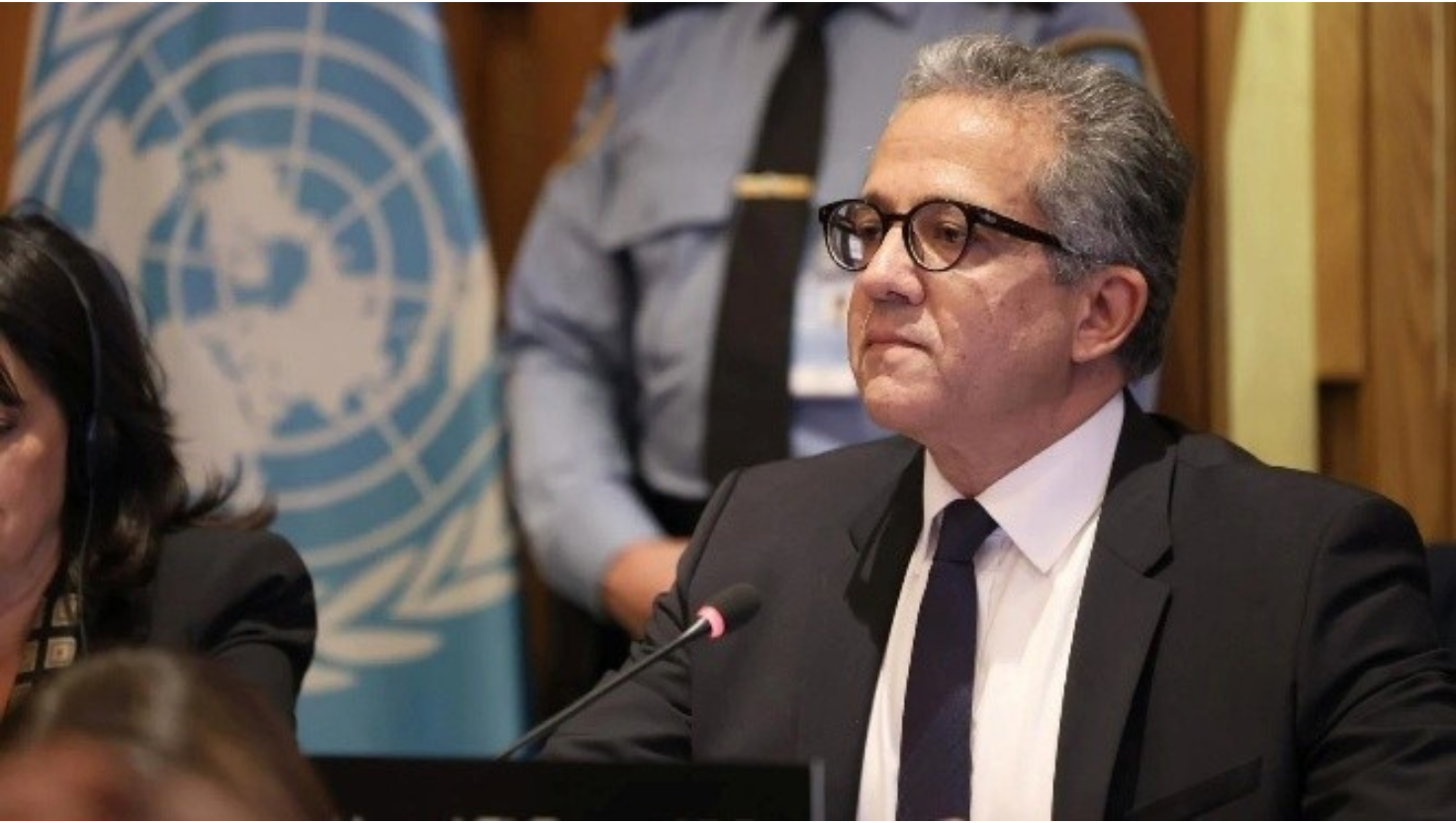India’s First Indigenous 1 MW Green Hydrogen Plant Commissioned at Kandla
Syllabus: Environment | Infrastructure | Energy (UPSC GS III, Prelims)
Source: TOI
Context:
India has commissioned its first fully indigenous 1 MW green hydrogen plant at Deendayal Port in Kandla, Gujarat. This is a major step under the National Green Hydrogen Mission (2023) and Maritime India Vision 2030.
What is the Project?
- A 1 MW green hydrogen production facility, part of a larger 10 MW clean energy project.
- Located at Deendayal Port Authority (DPA), Kandla, Gujarat — first port-based hydrogen plant in India.
Who Developed It?
- A 100% Make-in-India initiative, executed by Indian engineers.
- Jointly implemented by DPA and engineering partner Larsen & Toubro (L&T).
How It Works
- Utilizes indigenously built electrolyzers.
- Produces green hydrogen through electrolysis using renewable energy.
- Demonstrates India’s technological capability in clean fuel systems.
Objectives
- To reduce carbon emissions in maritime transport.
- Supports India’s Net Zero targets.
- Aligns with National Green Hydrogen Mission and Maritime India Vision 2030.
Key Highlights
- Quick Implementation: Built in just 4 months — sets a benchmark in speed and efficiency.
- Production Capacity: ~140 metric tonnes of green hydrogen annually.
- Phased Expansion:
- 1 MW commissioned in Phase 1.
- 5 MW to be added by end of this fiscal.
- Full 10 MW capacity expected by mid-next fiscal year.
- Initial Uses: Powers 11 hydrogen buses and port lighting.
- Future Goal: Transition entire port operations to green hydrogen.
Why It Matters
- Marks a major step in maritime decarbonisation.
- Reduces dependence on fossil fuels in port logistics and transport.
- Boosts Aatma-Nirbhar Bharat through homegrown technology and execution.











